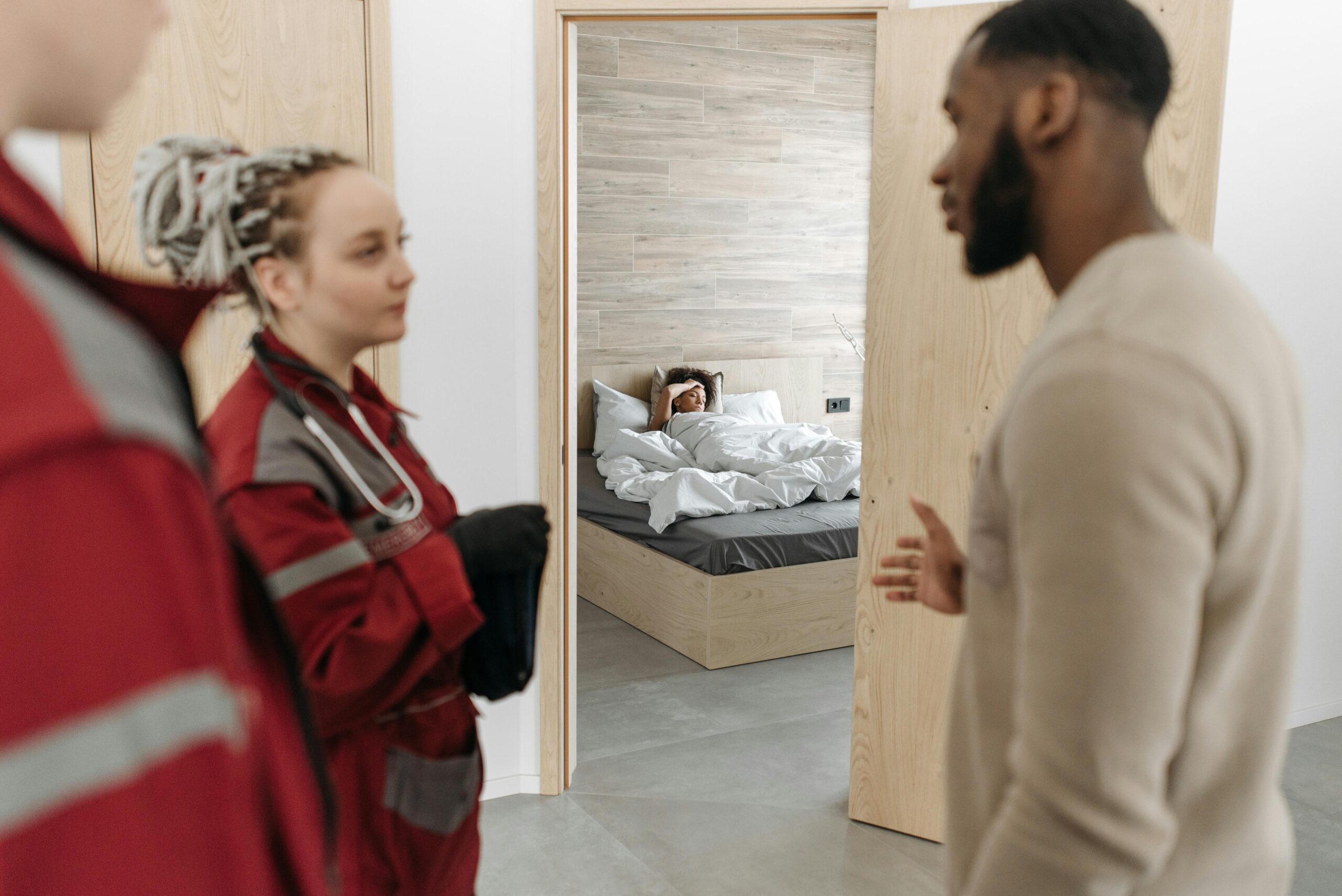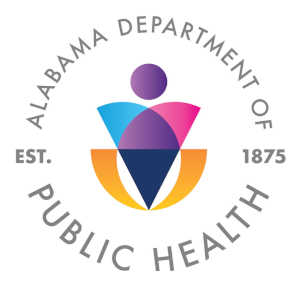Opioid overdoses can happen quickly, silently, and in nearly any setting, from people’s homes to parks, restaurants, or gatherings. In 2022, 81,806 people died as a result of an opioid-involved overdose.[1]
When someone is experiencing an overdose, being able to quickly spot the warning signs and jump into action can mean the difference between life and death.
Whether you’re a friend, parent, healthcare worker, or simply someone who wants to be prepared, understanding how to spot the signs of an opioid overdose is critical.
Spotting the Signs of an Opioid Overdose
An opioid overdose can cause physical and behavioral symptoms.[2,3]
Physical Signs of Opioid Overdose
Opioid overdose can affect various parts of the body. Common physical signs include:
Slow or Stopped Breathing
Opioids can make breathing slow down so much that it becomes barely noticeable or stops altogether. When this happens, a person might take long pauses between breaths or stop breathing for several seconds at a time. Their chest may barely rise, and they may make gurgling, choking, or snoring-like sounds.
If the person is gasping, struggling to breathe, or not breathing at all, it’s a medical emergency.
Pinpoint Pupils
When someone takes opioids in excess, it causes their pupils to shrink to an unusually small size. Instead of reacting to light, they stay tiny and narrow, even in dark areas.
Unresponsive/Unconscious
Someone experiencing an overdose may lose consciousness or become extremely difficult to wake up. They won’t respond to their name being called, being shaken, or even physical discomfort like having their sternum rubbed by someone’s knuckles (a common first-aid test). Someone who is unresponsive needs immediate medical help.
Blue or Gray Skin, Lips, or Fingernails
When the body isn’t getting enough oxygen, parts of the skin can change color. The lips, fingertips, and nail beds might turn blue, gray, or purple.
Limp Body
People often go completely limp during an overdose. Their arms and legs may feel floppy, and their head might fall forward or backward. If you try to lift or move them, their body might feel heavy and lifeless.
Cold or Clammy Skin
When someone is experiencing an overdose, their skin may appear pale or feel damp, which can also point to poor blood flow and low oxygen levels. Their skin may be cold yet sweaty to the touch.
Slow or No Pulse
The heart rate may become very slow or irregular. If you take their pulse, you might notice it’s weak or hard to find. In severe cases, the heart may stop beating altogether.
If you can’t find a pulse or they aren’t breathing, start CPR if you know how, and use naloxone if you have it.
Behavioral Signs of Opioid Overdose
Not all signs of overdose are physical–some show up in a person’s behavior. Common behavioral signs of opioid overdose include:
Extreme Drowsiness and Confusion
People who are experiencing an overdose on opioids may seem extremely sleepy. They might struggle to keep their eyes open or “nod off” in the middle of a conversation.
Additionally, they may stop making sense when they speak, or put together thoughts or words that aren’t coherent. This type of incoherence is more than just feeling tired. It is a sign that the brain isn’t getting enough oxygen and is starting to shut down.
Slurred or Incoherent Speech
Speech may become slow, mumbled, or difficult to understand. The person may seem like they’re drunk or heavily sedated, even if they haven’t had anything to drink.
Disorientation
Someone who is experiencing an overdose may not know where they are or what’s happening around them. They may seem lost or disconnected from their surroundings.
What to Do if You Suspect an Overdose
 Seeing someone who has experienced overdose can be scary, causing people to panic and not know what to do. As a result, it’s important to be prepared.
Seeing someone who has experienced overdose can be scary, causing people to panic and not know what to do. As a result, it’s important to be prepared.
Here’s what you should do if you suspect an opioid overdose.
- Call 911 right away – The most important thing to do is to call 911 immediately. Act as fast as you can. Tell the dispatcher you suspect an opioid overdose, give them your exact location, and stay on the line for further instructions.
- Administer naloxone (Narcan) if you have it – Give the person naloxone right away if you have it. Spray into one nostril, and if there’s no response in 2–3 minutes, give a second dose if possible.
- Check their pulse and perform rescue breathing (if CPR certified) – If the person isn’t responding, check their pulse, and if they’re not breathing or don’t have a pulse, begin rescue breathing or CPR if you’re trained in it. The 911 dispatcher can also guide you through rescue breathing.
- Lay the person on their side – Keep the person on their side to prevent them from aspirating in case they vomit.
- Stay until help arrives – As long as it is safe to do so, do not leave the person–even if they wake up. Stay with them until help arrives.
Get Narcan at Your Home or Business
If you or someone close to you uses opioids, taking a few minutes to get trained on how to use naloxone could make a life-saving difference. Free online training is available and only takes about 20 minutes to complete. Visit GetNaloxoneNow.org to get started.
You can also support overdose prevention efforts by getting naloxone or fentanyl test strips for free through Vital Alabama. If you prefer, naloxone is also available for purchase at many local pharmacies and online retailers, typically costing around $40–$45.
If you’re a business owner in Alabama and want to keep Narcan on hand, the Addiction Prevention Coalition can help. As an official state distributor, we offer ONEbox, an emergency overdose response kit, that includes Narcan and training. To learn more, visit apcbham.org/onebox.
References:
1. https://nida.nih.gov/research-topics/trends-statistics/overdose-death-rates
2. https://harmreduction.org/issues/overdose-prevention/overview/overdose-basics/recognizing-opioid-overdose/
3. https://my.clevelandclinic.org/health/diseases/24583-opioid-overdose









